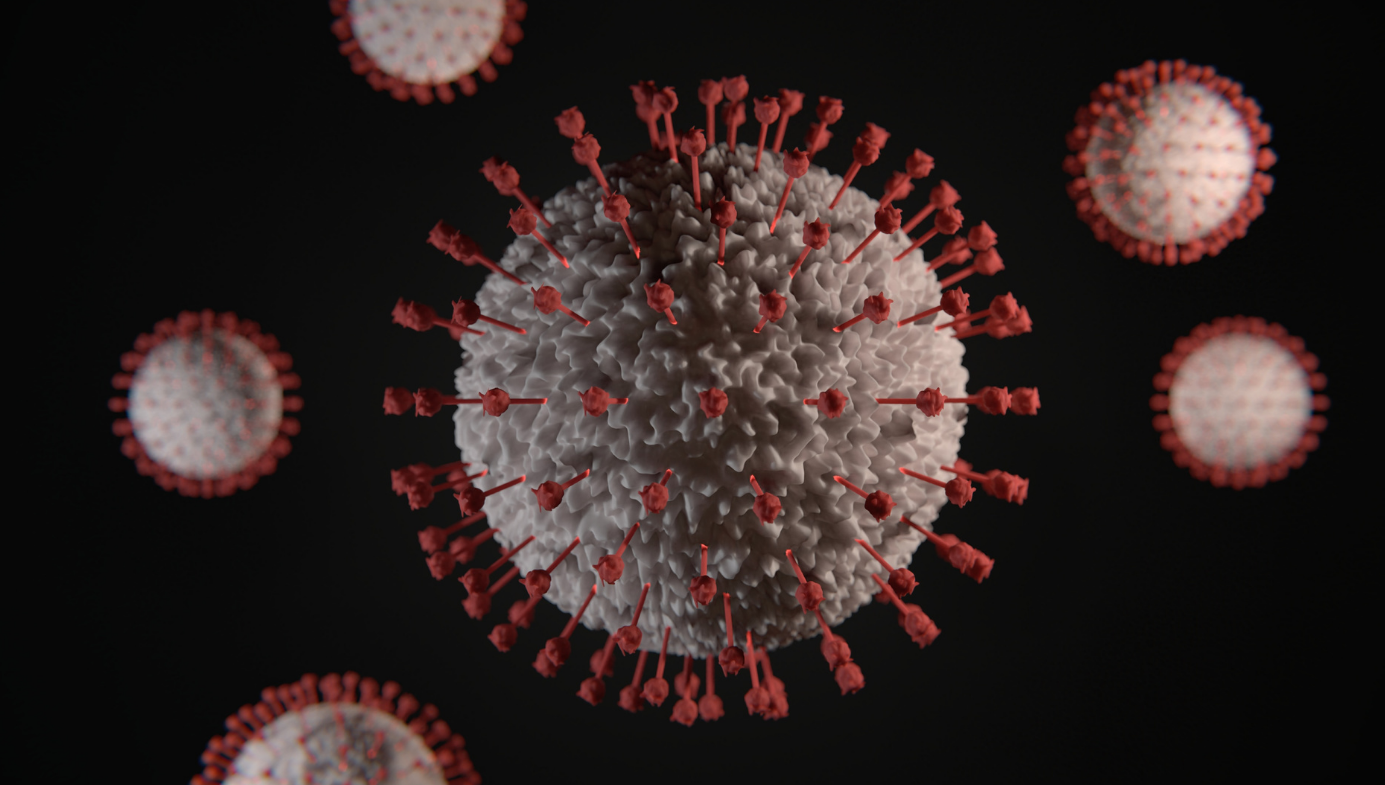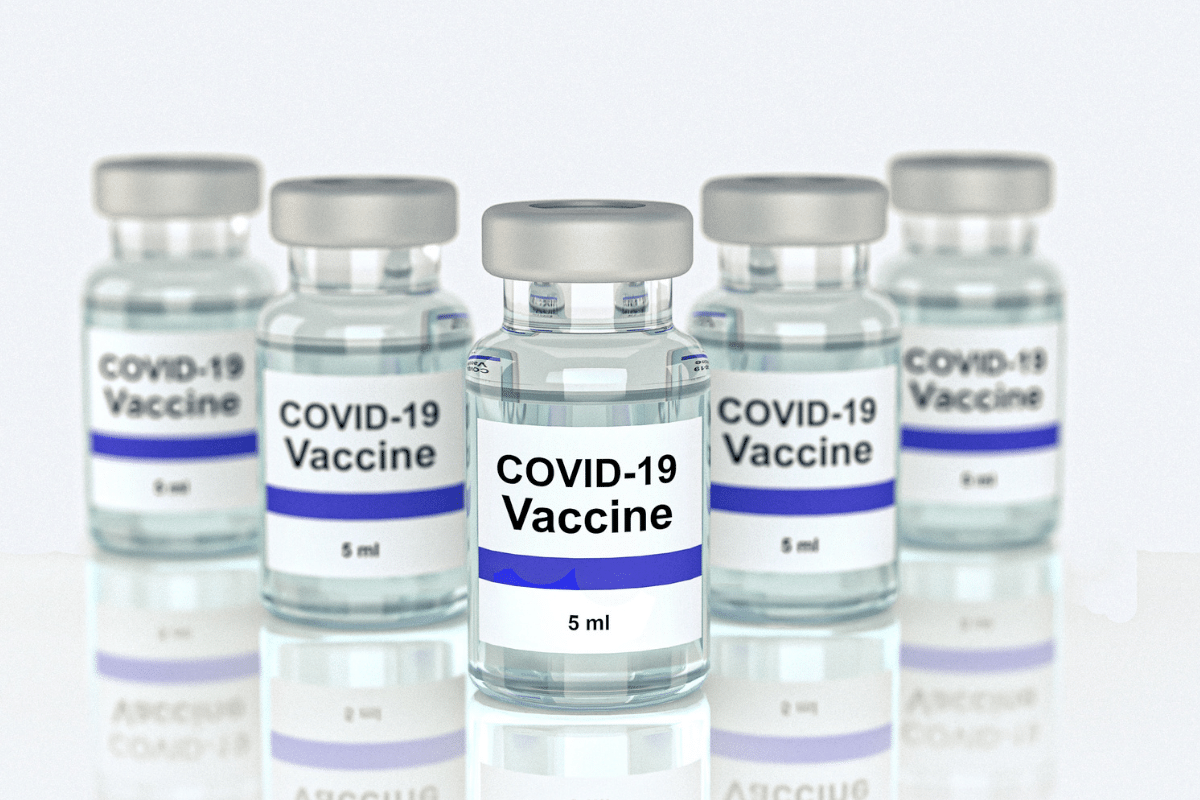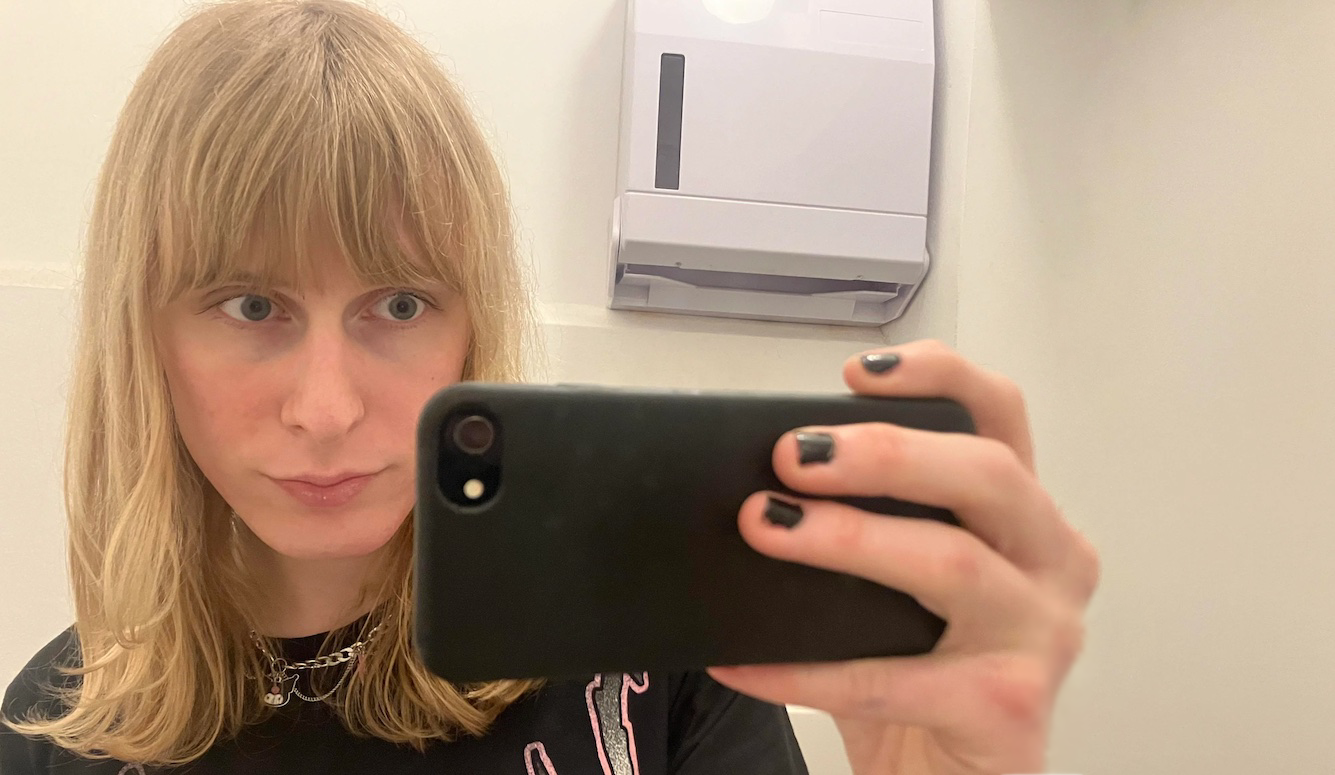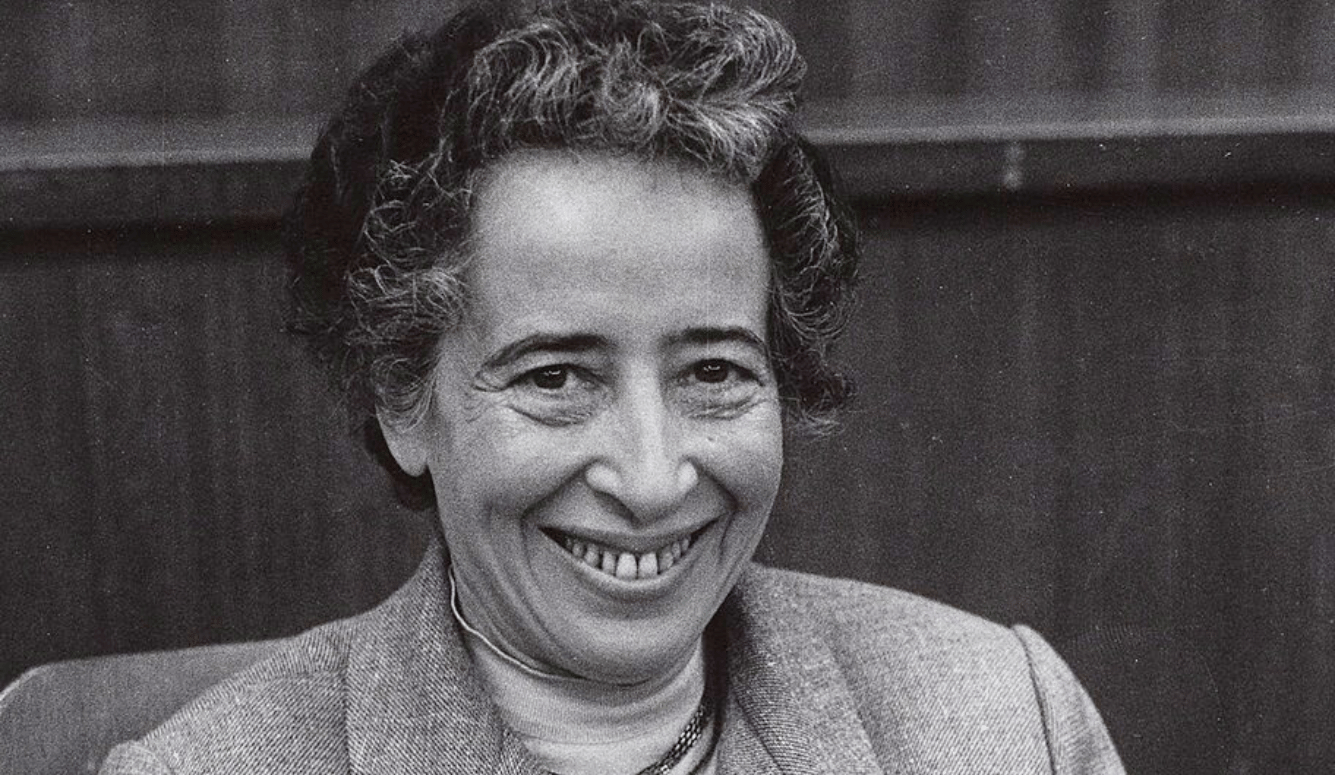Vaccinology, Immunology, and COVID-19
Vaccine technology has sped ahead, serving the critical function to break the link between infection and poor outcomes.

Louis Pasteur worked at a time when very little was understood about microbes and even less was understood about the human responses that kept them at bay. He is best known for advancing germ theory, which distinguished itself from the prevailing concept of “miasma” or putrefaction suffusing the ether. “Gentlemen, it is the microbes who will have the last word.” he famously declared. His was a world where the power of observation trumped understanding. Part of what solidified his legacy as a brilliant scientist was that he recognized forces at work in the human body which counterbalanced his microscopic world of germs. His prescient recognition of what would ultimately come to be known as the immune system and his contributions beyond this, specifically in the field of vaccinology, have incredible relevance today.
The COVID-19 pandemic has taught us much about both the state of science and its application. On one hand, we have been able to seamlessly marshal incredible intellectual capital from teams of international scientists to deliver timely, lifesaving vaccines. On the other, we have seen that science can be weaponized and subordinated to politics. Following “the science” can be vastly different from using science intelligently to inform public policy. The ability of our public health institutions to communicate effectively in the world of Instagram, TikTok, and Twitter has been found wanting. Despite this, we continue to make advancements at a blistering pace. Like in the age of Pasteur, the sciences are once again thriving.
Vaccine technology has sped ahead, serving the critical function to break the link between infection and poor outcomes. While we were using the basic tenets of vaccinology and leveraging them with a new and powerful construct of mRNA, we were continuing to learn. It turns out that the large spike protein present on the virus is an incredible target. By inducing the body to protect itself against aspects of this rich site, we can create what are known as “neutralizing antibodies” that prevent infection. But there is more to the story. There are other components to the adaptive immune response, which include B cells and T cells in both activated and dormant forms. Vaccines stimulate these supportive cells as well, forming what is known as the anamnestic or memory response.

Pandemics have been around for millennia, possibly since the time of the first agricultural revolution 10,000 years ago. Over this vast expanse of time, they have found all sorts of ways to immiserate the populations they infect. Our experience today is vastly different say from the bubonic plague in the Middle Ages, cholera in the Renaissance, or even H1N1 little more than a decade ago. In order for this pandemic to finally end we will have to satisfy not only the significant reduction of infection and mortality, but also the social constructs that nest it. Our society is vastly changed from even a decade ago. For better or worse, we were able to implement a variety of movement restrictions or lockdowns which in effect delayed our having to confront this virus. The result is that we suffer from developmental delay, a collective Peter Pan syndrome, never learning to embrace what we must in order to evolve, mature, and begin to move on. We did this in an attempt to conserve resources and prevent excessive deaths. Fortunately, reducing infection and mortality to bring about the “medical end” of the pandemic will be much easier. In fact, sewn within the substance of the Delta variant are the very seeds of its demise. It has proved to be incredibly infectious. While this may be advantageous for its evolutionary biology, it virtually guarantees that its days are numbered.
With a more complete picture of vaccinology and immunology now at hand, we can see that a highly infectious variant introduced at this stage produces two important effects. The first is that populations acquire natural immunity through infection, and the second is that they are driven to seek out more vaccinations. The corpus in support of natural immunity and our understanding of it are continuing to grow. It is now routinely observed that natural immunity is protective against reinfection and severe outcomes. It is also robust and durable, producing not only neutralizing antibodies but also antibodies to parts of the virus apart from spike. Just like vaccination, it engages B and T cells to perform supportive functions. Natural immunity is also distinct from vaccination. It may produce higher levels of antibodies in the mucosal tissues of the nose and mouth, but it’s not as consistent as vaccination and likely produces fewer blood-borne neutralizing antibodies. What is perhaps even more interesting is that an immunologic synergy exists between both natural infection and immunization. This potent chimera—termed “hybrid immunity”—may end up being the most powerful protection of all against SARS-CoV-2. These important findings are not obvious. We understood natural immunity to be highly protective against measles or chickenpox, but it took the passage of time to reveal exactly how it would perform against this novel strain of coronavirus.

Some of the insights gleaned during the past two years may ultimately serve only to tell us more about who we are and where we are headed. Understanding the unique social and political forces at play may help explain why there has been such a disconnect between rapid scientific advancement and medical communication. Or, it may help us better empathize with someone who sees the pandemic through a different medical, political, or emotional lens. The advancements in vaccinology are actionable and will lead to a future where they are routinely deployed against other infectious diseases and even cancer.
But now it is time to turn to our insights in immunology, specifically natural immunity, that may be seized upon and applied to the real world in a way that is fair, open, and builds trust. It should be assumed that support for natural immunity does not imply that citizens should seek out natural infection or avoid vaccination. On the contrary, the push for vaccination must remain intense and the message clear—it is much better to meet this virus having been vaccinated. We must apply this understanding to better inform our public policy. The international community including the UK, Israel, and the EU is already preparing for more capacious regulations on this front. The same should be done in the US. Spectrum Health, a 14-hospital system based in Grand Rapids, Michigan recently announced that they would permit vaccine exemptions based on demonstrable natural immunity. Those with documented natural immunity will demand legal challenges to federal and state vaccine mandates arguing that immunity is immunity and it doesn’t matter how you get there. Ultimately, being supportive of a legitimate claim like this will build trust in our system and help to bring those who feel disenfranchised back into the fold.
In 1796, three decades before Pasteur was even born, Edward Jenner delivered the first cowpox inoculation providing a glimmer of hope against a virus that had been the scourge of humankind for centuries. He believed that its efficacy related to the “grease” in the disease and that it stemmed from “horse hooves”—a stark example of implementing a beneficial medical advancement without having the faintest clue how or why it worked. It was a testament to our ability to apply what we learned through empiricism even if we understood little about nuanced science. Today, we understand much more about both, but tend to forget that simple measures may have an enduring impact. Given how far we’ve come in these pandemic-spurred scientific disciplines—and how easily that lends itself to seduction by ever-more complex solutions—let us not forget that although we, like Pasteur, stand on the shoulders of giants, we must remain patient and continue to use the powers of observation to reveal truths about ourselves and the sciences we study.











